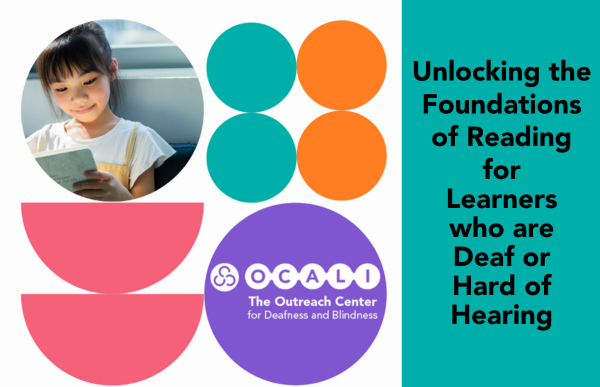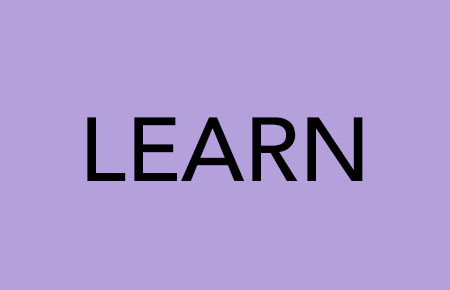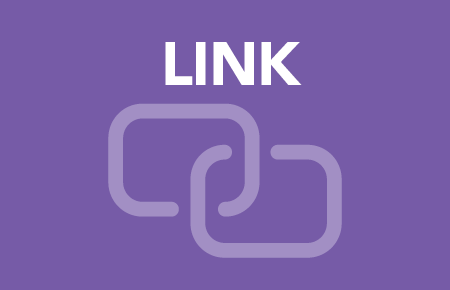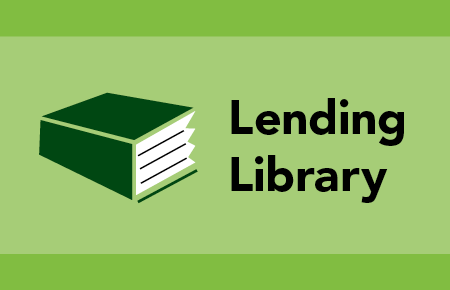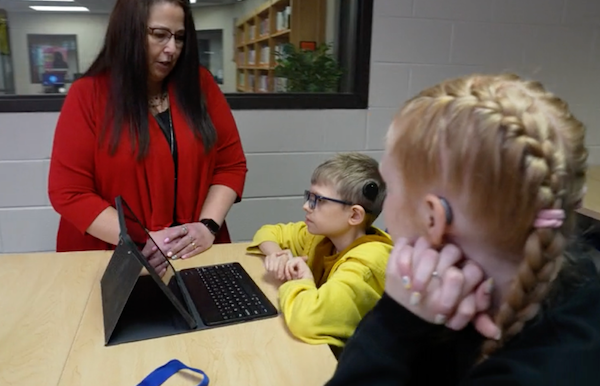Instruction
Assessment drives instructions for ALL students, including those who are VI/blind and deaf/hard of hearing. The Instruction should be aligned to and measure student knowledge of, grade level standards, functional skills standards in addition to IEP goals and objectives. Teachers will use a variety of teaching strategies and support for access to learning including educational and assistive technologies, to assist students in learning. Pre-assessment, formative assessment and post assessment data should be collected in an effort to show learning growth for each student.
This comprehensive set of guidelines, OptimizingOutcomes for Students who are Deaf or Hard of Hearing from the National Association of State Directors of Special Education, provides inclusive of many useful tools and resources that can be utilized by stakeholders, deaf education administrators, educational professionals, and special education administrators involved in the education of students who are deaf or hard of hearing.
The Bridge Between ASL and English: A Focus on Phonological Awareness - Ohio has a strong focus on literacy for every learner. What we know about literacy is that phonological awareness is a critical component of learning to read. Phonological awareness is often associated solely with auditory access but there are many ways to access phonological awareness. This module reviews the major components of reading and provides strategies to support phonological awareness for learners who are deaf or hard of hearing.

